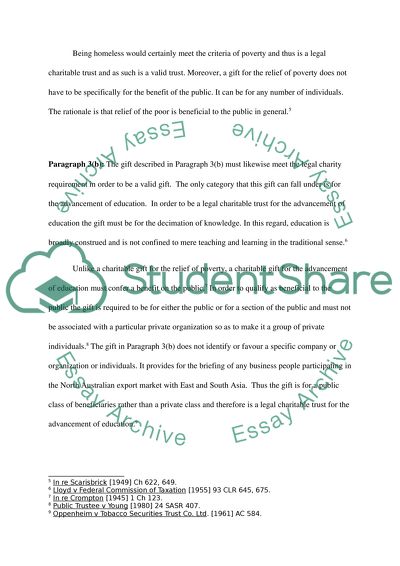Cite this document
(“Law Case Study about Charity Research Paper Example | Topics and Well Written Essays - 1750 words”, n.d.)
Retrieved from https://studentshare.org/law/1430627-trust
Retrieved from https://studentshare.org/law/1430627-trust
(Law Case Study about Charity Research Paper Example | Topics and Well Written Essays - 1750 Words)
https://studentshare.org/law/1430627-trust.
https://studentshare.org/law/1430627-trust.
“Law Case Study about Charity Research Paper Example | Topics and Well Written Essays - 1750 Words”, n.d. https://studentshare.org/law/1430627-trust.


